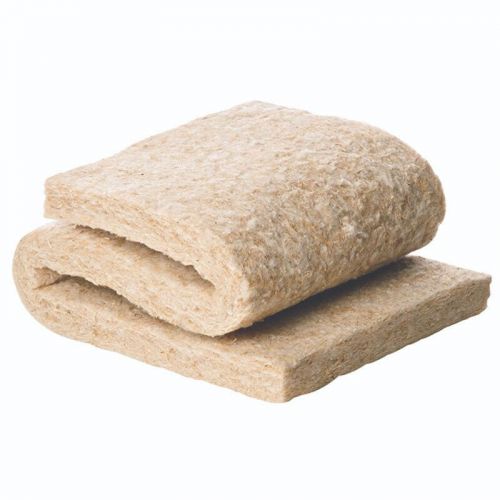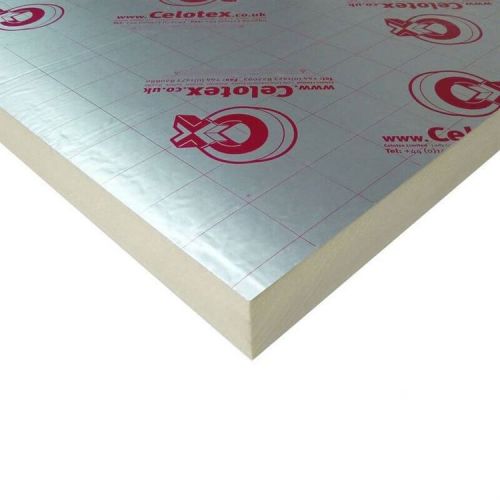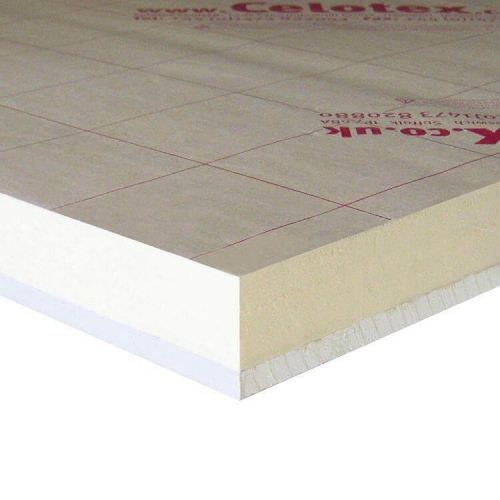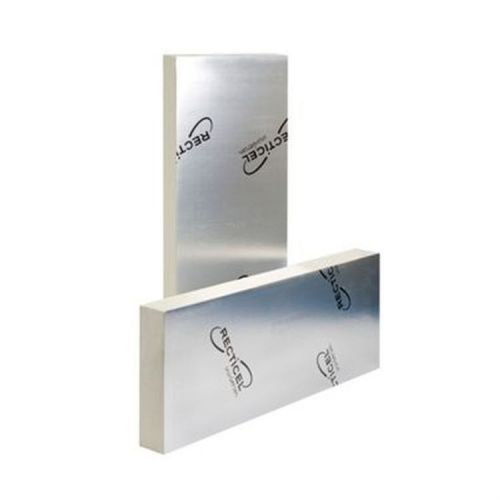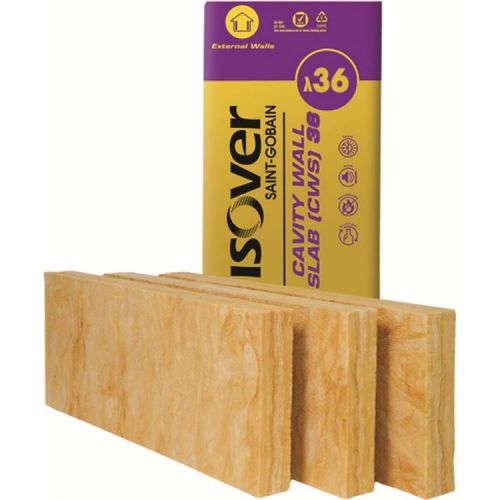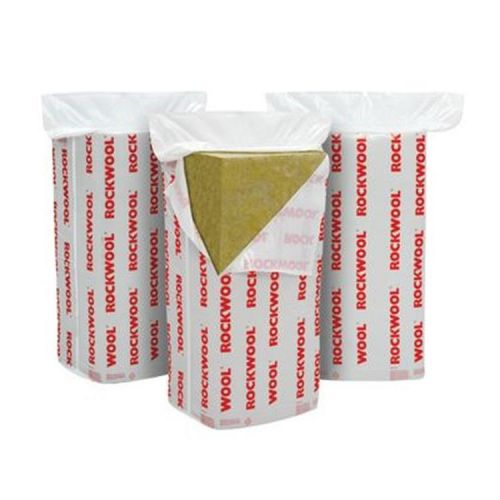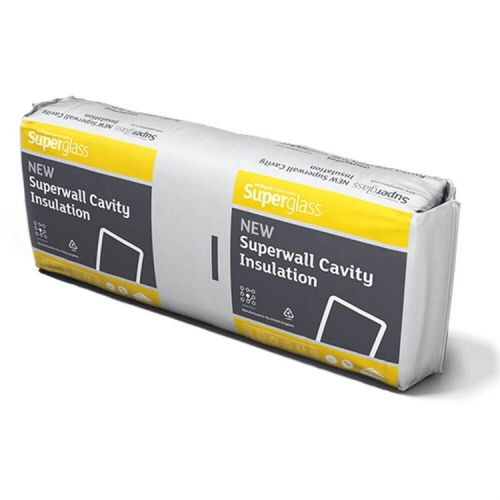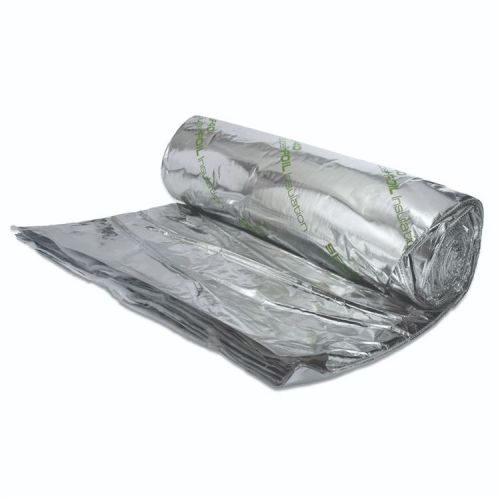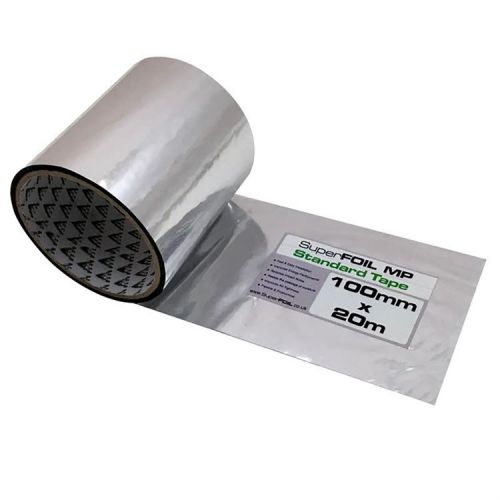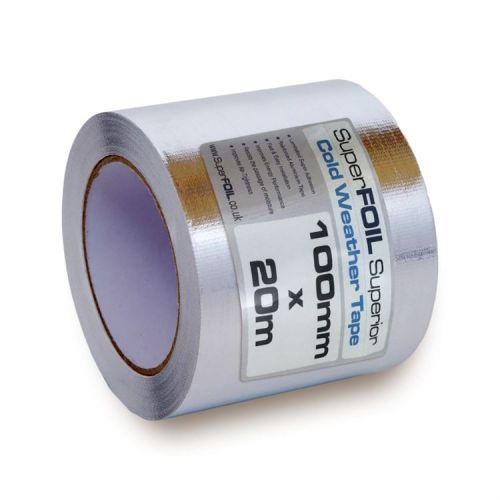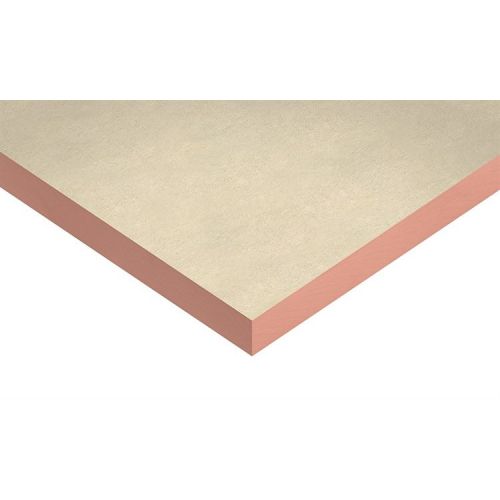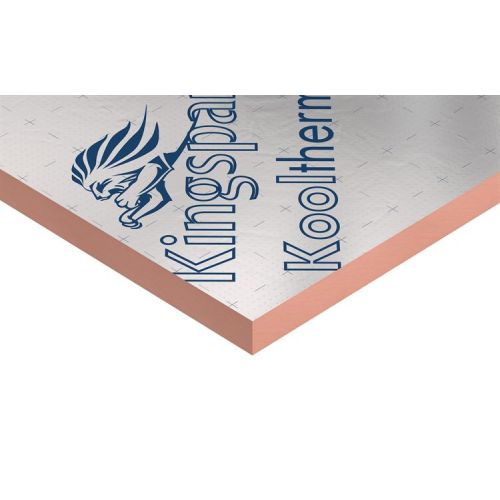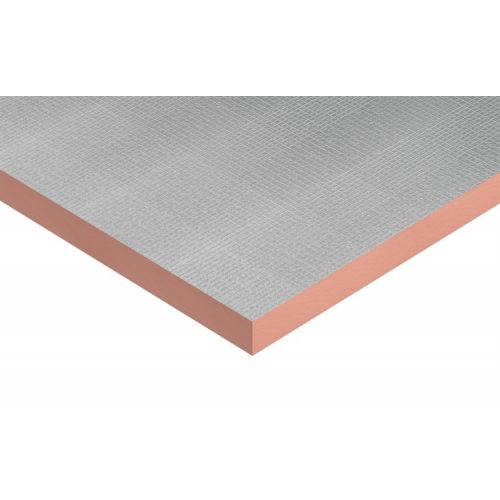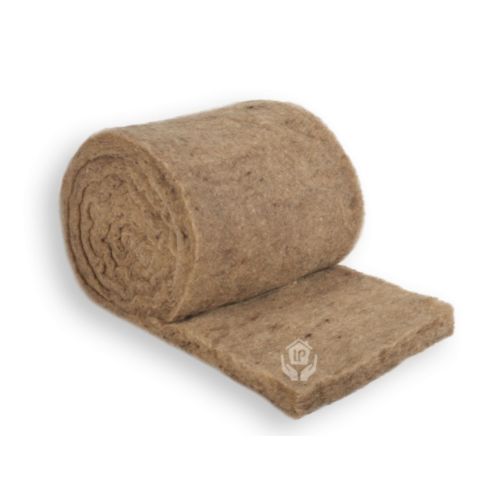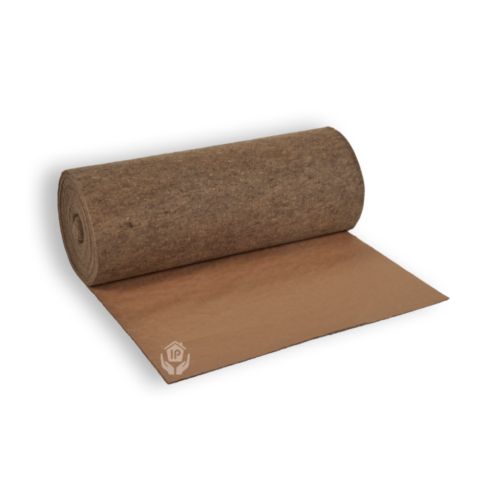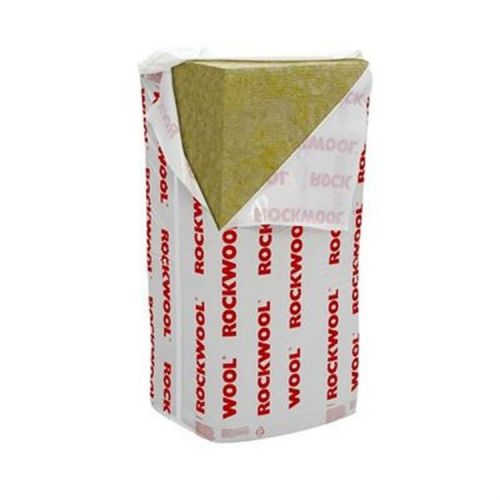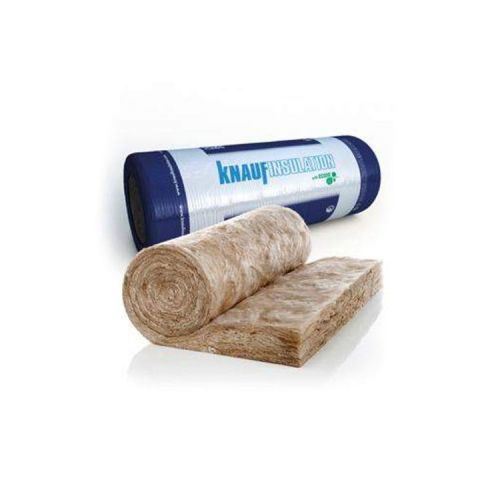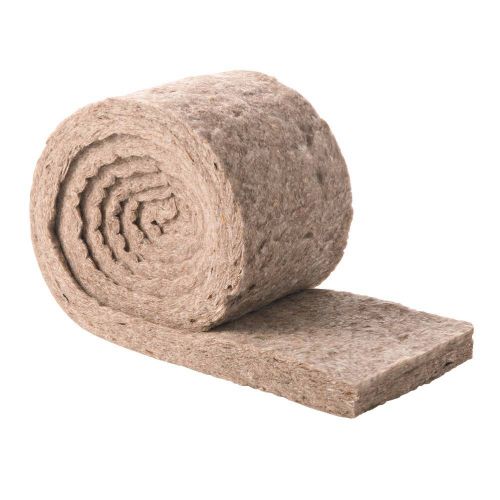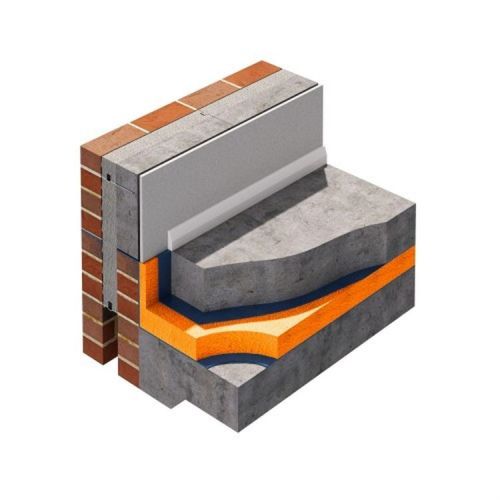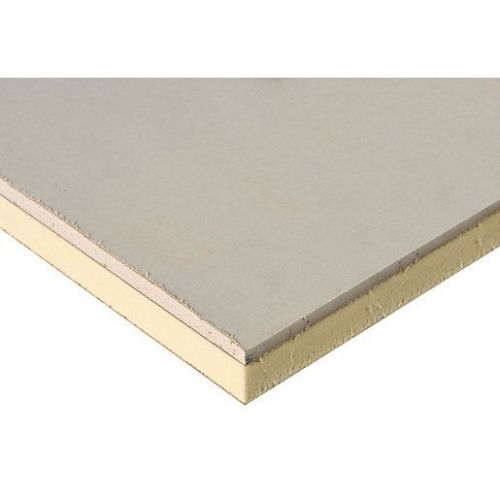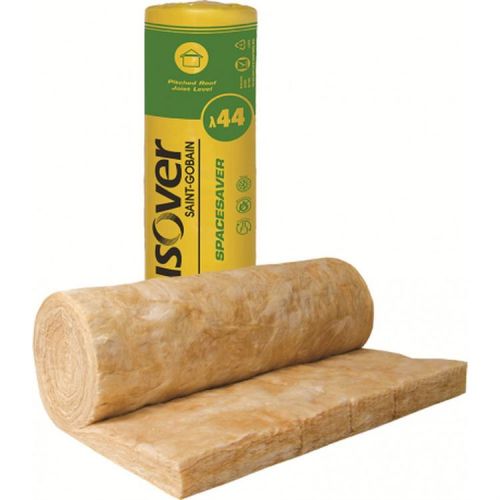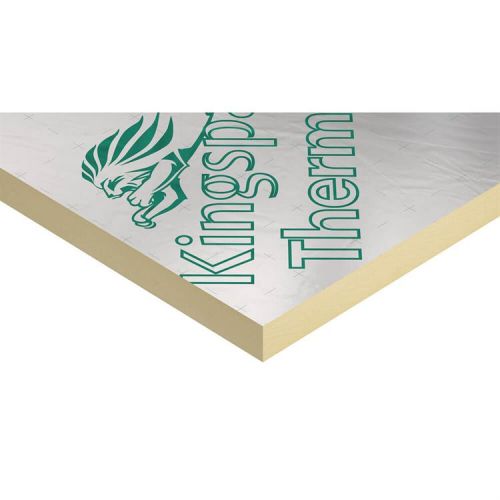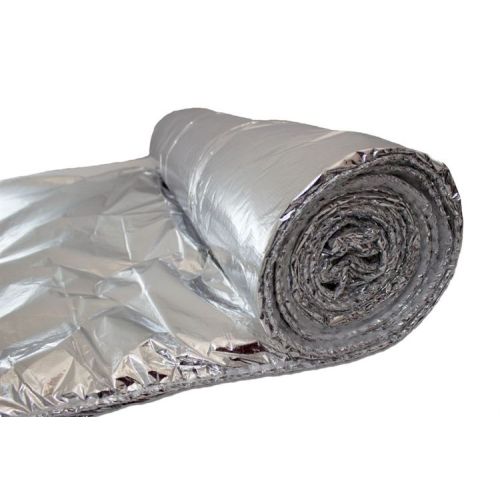Loft Insulation
Installing new insulation is one of the most effective ways to reduce utility bills and make your home a more comfortable place to live. Having proper roof insulation in every home is at the heart of many government schemes, initiatives and building ...
Shop by range:
Frequently Asked Questions
How Does Insulation Work?
To help you understand how insulation helps to keep your home at a more comfortable temperature, it’s useful to first understand the different ways in which heat is transferred. There are three fundamental ways, known as heat conduction, convection and radiation.
Conduction
This is the way heat travels through solid material. For example, when heat travels through a ceramic mug containing a hot drink.
Convection
Convection occurs when heat travels through liquid or gas. This is how a kettle works, by boiling water at the bottom which then rises as cooler water replaces it.
Radiation
Radiation is when heat travels in a straight line, warming anything in its path that can absorb energy. For example, a car bonnet being heated by the sun on a hot summer’s day.
Whichever way heat is transferred, warm air will always be attracted to cold air. This will occur until there is no difference between ambient temperatures. This is why heat is lost from your home, as the warmth generated by heating living spaces tries to escape to cooler areas around it. This could be via your loft space, exterior walls, doors or windows.
To combat this heat loss, common loft insulation materials such as PIR, mineral wool and others are designed to greatly reduce conductive heat flow. Some forms of insulation also prevent radiant heat flow via the use of innovative foils, films and papers.
How Often Should You Replace Loft Insulation?
Insulation can begin to degrade over time. This wear and tear will reduce its ability to prevent heat loss, and can even result in problems such as condensation or damp. Therefore, it’s very important that you check your insulation at least once a year. This goes for roof insulation as well as insulation in your walls and floors.
Common Problems with Insulation
Compression
Insulation can become compressed over its lifetime. This is especially common for roof insulation, where heavy items can be placed over the boards or rolls and weigh them down. This is a problem because one of the main ways in which insulation works is by trapping air in tiny pockets within the material. If your insulation becomes compressed, there will be fewer air pockets, reducing its effectiveness.
Therefore, any insulation that has suffered significant compression should be replaced. This will ensure that your roof insulation meets building regulations and perform at its best. In some circumstances, it may be as simple as placing new insulation on top of existing rolls or boards. This isn’t always the case however, so be sure to follow the manufacturer’s recommendations.
Dampness
If you’re experiencing severe condensation or you’ve suffered a leak in your home, your roof insulation may have become damp. This excess moisture will fill the air pockets within the insulation, affecting its ability to prevent heat loss. Depending on the insulation material used it can even result in the release of dangerous mycotoxins.
Any damp or wet insulation should be replaced as soon as possible. If the dampness has been caused by condensation, you should consider improving the ventilation in your roof space. It’s important to remember never to place new insulation over damp insulation, as this moisture will simply spread and render the new material useless.
Infestation
Unfortunately, insulation can also be the ideal home for pests such as rats, mice and insects. When inspecting your roof space therefore you may find some unwanted visitors. While this won’t affect the performance of your insulation, it can cause it to become dirty, smelly or even damp from urine. Any infested roof insulation should be replaced as soon as possible to prevent the problem from becoming more severe. You should also make sure to check the condition of the surrounding timber.
What is a U-Value?
Different parts of your property will be awarded a U-value, including the walls, floors and roof. The U-value denotes thermal transmittance, or the rate of heat transfer through a structure. A U-value isn’t attributed to the materials in your walls, floor or roof, but rather the full combination of materials.
For example, when calculating the U-value of a roof you may take the roof tiles, roof insulation, and timber materials used into account. U-values are measured in watts per square meter per kelvin (W/(m²K)). The lower the U-value, the more slowly heat transfers through it.
A building with lower U-values is, therefore, typically able to maintain its heat more effectively. Reducing its carbon footprint and cutting energy bills. There are strict requirements throughout the UK that require different parts of a property to achieve certain U-values. The U-value required can range from 0.16 W/(m²K) to 0.36 W/(m²K). But these are subject to change and should be confirmed with your local authority.
What is an R-Value?
An R-value is the measure of how well a two-dimensional barrier resists heat transfer. As loft insulation materials come in a variety of thicknesses, a unique R-value will be calculated for each. If a material is made up of multiple layers, you would combine each layer’s R-value. R-values are measured in meters square kelvin per watt (m²K/W). The higher the R-value, the more effective a material is at preventing heat transfer.
Whilst R-value and U-value are entirely different, the R-value of your materials will influence the U-value awarded to parts of your building. The recommended R-value is dependent upon the material. The application can also influence the required R-value for each material. For example, homes in the UK should have at least 270mm of insulation and any loft insulation should have an R-value of between 6.1 and 7.
Can I Get Free Loft Insulation?
For Homeowners
Yes, depending on your circumstances. Money Saving Expert states that Energy firms are offering free cavity wall and loft insulation worth up to £1,100 for free if you own your own home and meet certain criteria. If your home is inadequately insulated, then installing proper loft insulation is a very wise investment. You could potentially save hundreds of pounds every year on your energy bills.
For Landlords
It was previously the case that landlords were able to get free cavity wall and loft insulation through the Cocoon scheme, run by the United Sustainable Energy Agency. However, this scheme was ended in 2012.
Landlords do have to be aware however that thanks to the Energy Act 2011, any tenant requesting reasonable improvements to the energy efficiency of the property they rent must receive them. In addition to this, it is also unlawful to rent out a property that does not meet an Energy Performance Certificate Rating of ‘E’.
Can You Top Up Loft Insulation?
Yes, it’s possible for you to top up existing loft insulation. Typically, old insulation will not need to be removed and replaced completely as it will still retain its thermal properties. A full removal and replacement are usually only required if the roof insulation has severely degraded. This could be due to factors such as damp or infestation.
What Loft Insulation Grants are Available?
There are a number of government grants for loft insulation available to homeowners in the UK. If you’re looking to improve your home’s thermal efficiency, it’s a great place to start. Improving the quality of the insulation in your home, particular loft and cavity wall insulation can save you up to £300 on your yearly energy bills!
Does Loft Insulation Between Rafters Cause Condensation?
Pitched roof or loft insulation installed between rafters can make your loft space colder. This could cause further damp or condensation if there’s already a problem. If this is the case you may need to increase ventilation in the space to help prevent excess moisture. This can be achieved through the use of ridge, eaves and tile vents.



